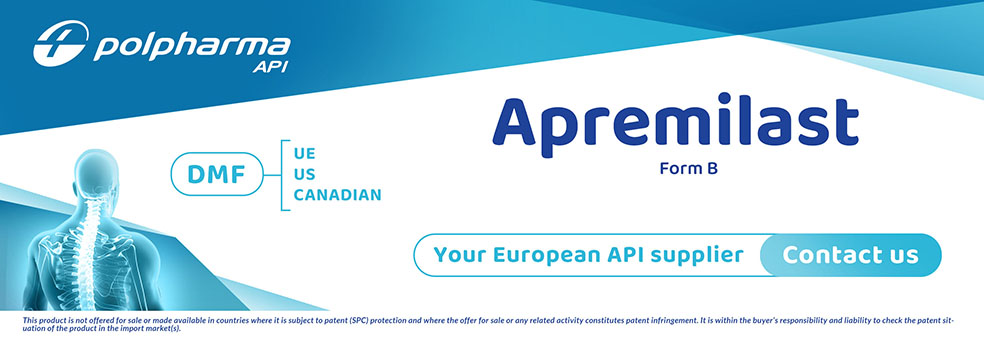


25 Nov 2024
// FDA
https://www.accessdata.fda.gov/scripts/cder/daf/index.cfm?event=overview.process&ApplNo=211788

20 Aug 2024
// PR NEWSWIRE
https://www.prnewswire.com/news-releases/otezla-apremilast-now-available-in-the-us-for-moderate-to-severe-pediatric-plaque-psoriasis-302225697.html

02 Aug 2024
// PR NEWSWIRE
https://www.prnewswire.com/news-releases/amgen-announces-2024-third-quarter-dividend-302213618.html

21 May 2024
// CONTRACT PHARMA
https://www.contractpharma.com/contents/view_breaking-news/2024-05-21/amgen-1q-results/?widget=listSection

09 Mar 2024
// PR NEWSWIRE
https://www.prnewswire.com/news-releases/amgen-presents-new-research-on-otezla-apremilast-at-aad-2024-302084594.html

07 Feb 2024
// FDA
https://www.accessdata.fda.gov/scripts/cder/daf/index.cfm?event=overview.process&ApplNo=211734
